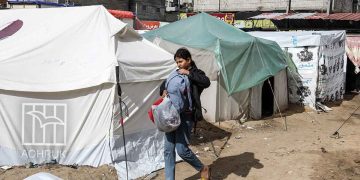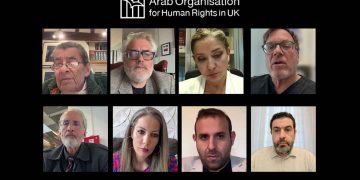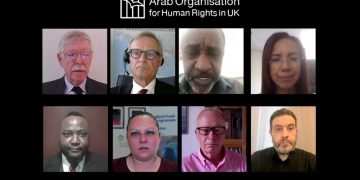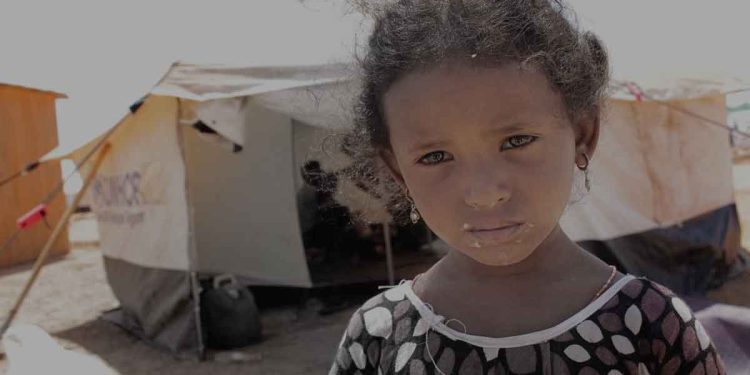International Organisation for Migration (IOM) issued a report of its Displacement Tracking Matrix (DTM) which has monitored the displacement of 5,556 Yemeni families, with a total number of 33,336 individuals, “most of them were displaced as a result of the conflict since the beginning of 2022 until April 23.”
IOM added that most of these people have been displaced by the conflict that took place in the governorates of Al-Hudaydah (west), Taiz (southwest), and Al-Dhale’e (south).”
The United Nations Children’s Fund (UNICEF) has also confirmed that “the displaced are not only experiencing dire living conditions but also lack services that meet their basic needs.”
The United Nations High Commissioner for Refugees announced in a recent report that about two-thirds (64%) of the displaced Yemenis do not have sources of income.
It pointed out that “two out of three displaced families resort to negative coping mechanisms to survive, such as reducing meals, cutting out meals, taking children out of school, or failing to take care of health, while some may end up begging in the streets.”.
It is noteworthy that the United Nations recently announced that more than 25.5 million Yemenis are currently living below the poverty line, due to the repercussions of the war that has been ongoing for more than seven, which has displaced more than four million Yemenis, and left two million children without education.
The United Nations has suffered from a severe lack of funding for humanitarian operations in Yemen, which has led to a reduction in the volume of aid to millions of the population, amid warnings of famine.
Until the end of 2021, the war had killed 377,000 Yemenis, and left most of the population of 30 million dependent on aid.
































